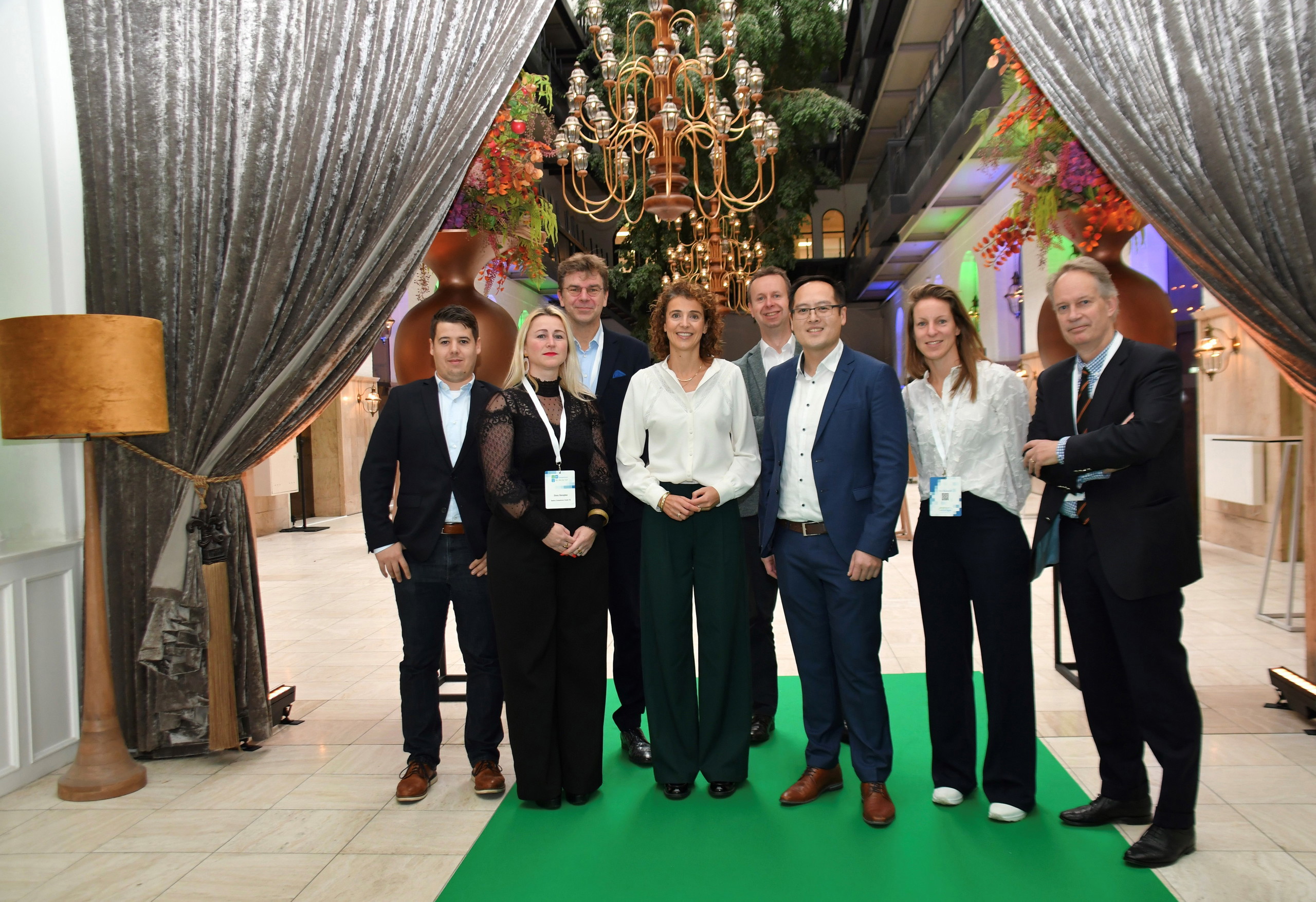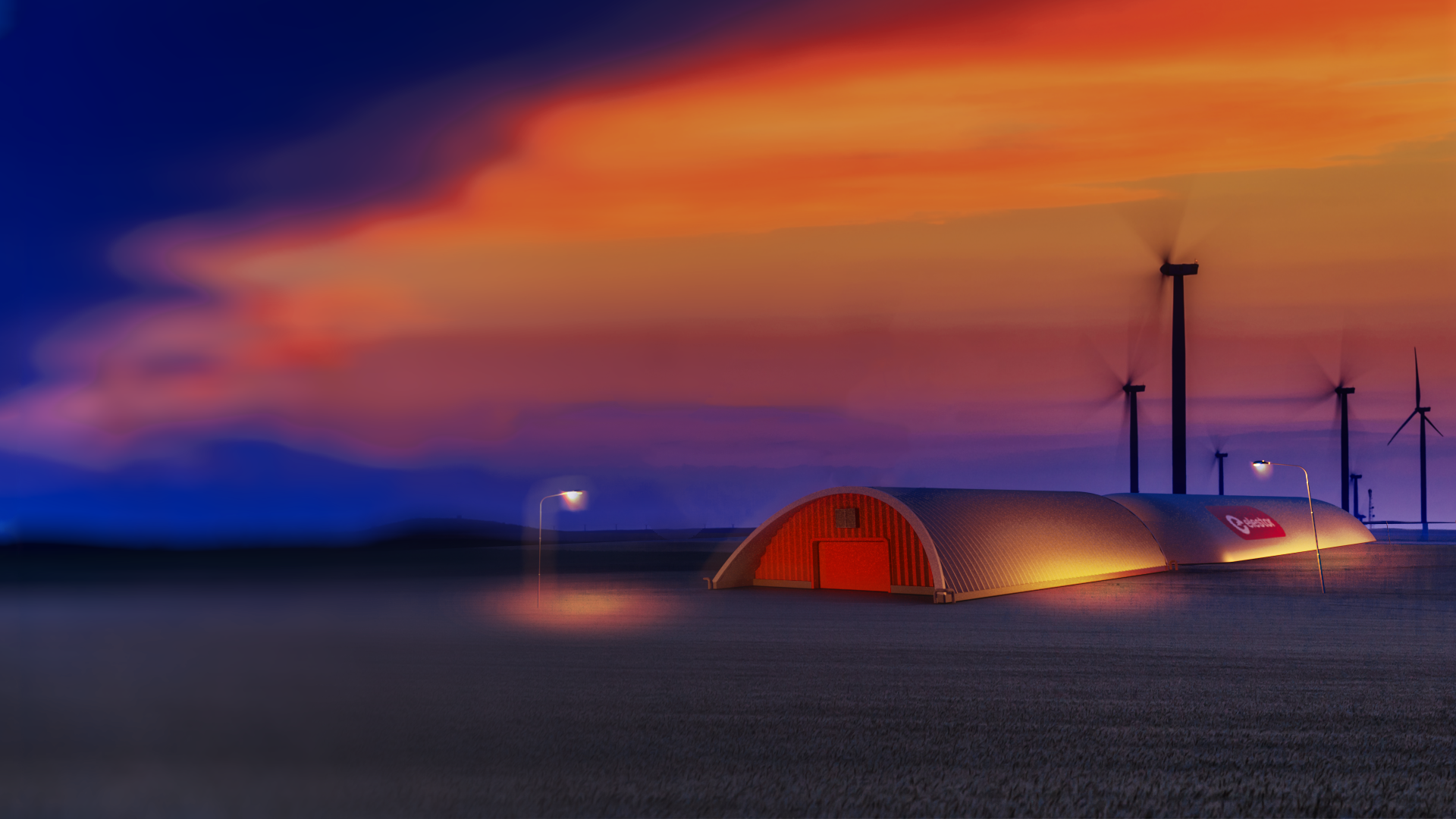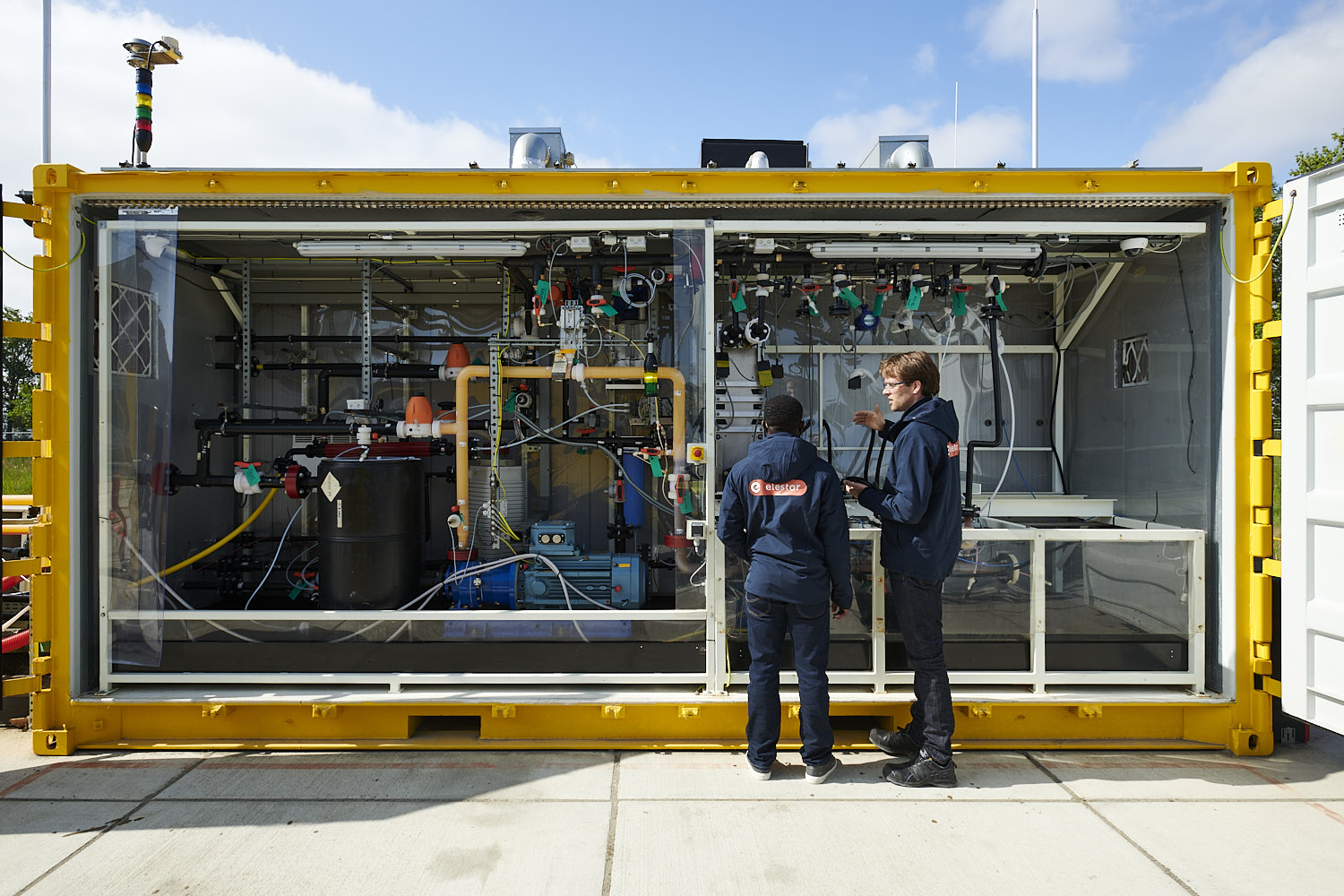In a detailed article and interview by Dutch columnist Vincent Dekker, the challenges of long-term energy storage in a renewable-powered future are explored through the work of Dutch company Elestor. While most people associate batteries with small devices like smartphones or electric bikes, Dekker highlights a very different vision: stationary batteries the size of shipping containers, using tanks filled with fluids to store vast amounts of energy.
Elestor has spent over a decade developing a unique liquid-gas flow battery, where one medium is a liquid electrolyte (originally hydrogen-bromide, now iron-based), and the other is hydrogen gas. These two substances interact across a membrane to store or release electricity through reversible chemical reactions. When surplus renewable energy is available—such as from solar or wind—it is used to charge the battery by separating the hydrogen, which is later recombined to discharge electricity when needed.
This design sets Elestor apart from conventional liquid-liquid flow batteries and from traditional lithium-ion batteries, which are costly and difficult to scale. In the interview, CEO Hylke van Bennekom explains the company’s recent switch from hydrogen-bromide to hydrogen-iron chemistry. The change improves safety, reduces cost, and eliminates scalability issues caused by bromine's chemical reactivity and regulatory constraints.
Dekker emphasizes that with this setup, increasing storage capacity is simple and inexpensive: just add more tanks and fluid, without needing to replicate the entire system. This modularity makes the technology especially well-suited for industrial-scale applications.
A mid-sized pilot system will go online in the summer of 2025. Elestor expects to start commercial deployment around 2027–2028, capable of storing enough green energy to power around 1,500 homes for a day.
Importantly, Elestor’s flow battery could play a vital role in bridging “Dunkelflautes”, multi-day periods without sun or wind, by storing renewable energy during times of surplus and releasing it when generation drops. Dekker points out that gas-fired power plants are currently used for this backup function, but innovations like Elestor’s could eliminate the need for fossil-based reserves.
The article also touches on related advances, including new low-cost membranes from Australian research and Dutch startup AquaBattery, which uses salinity gradients. Still, Elestor's liquid-gas approach is especially promising for its scalability, affordability, and readiness for industrial deployment—a potential cornerstone in the transition to a fully renewable energy grid.

With € 30 million, the SLDBatt project in the context of the Growth Fund Material Independence & Circular Batteries is the largest R&D project into battery technology for long-term storage of sustainably generated electricity in the Netherlands
Minister Hermans with SLDBatt consortium representatives at IEA Energy Storage Symposium in Rotterdam (credits: Mathias de Graag / RVO)
Read more
Elestor’s Hydrogen-Iron Flow Batteries: Powering Europe’s Resilient and Sovereign Energy Future
In its Innovation News Network article from 15 July 2025, Elestor illustrates how its hydrogen‑iron flow batteries can deliver long‑duration, modular energy storage to bolster Europe’s grid stability and strategic autonomy. The story highlights the team’s use of abundant, safe materials and regulatory-aligned design to ensure rapid deployment at scale.
Read more
Permissible technology
Why we find it easy to gain approval for our hydrogen-iron flow battery from both regulators and the general public
Read more
